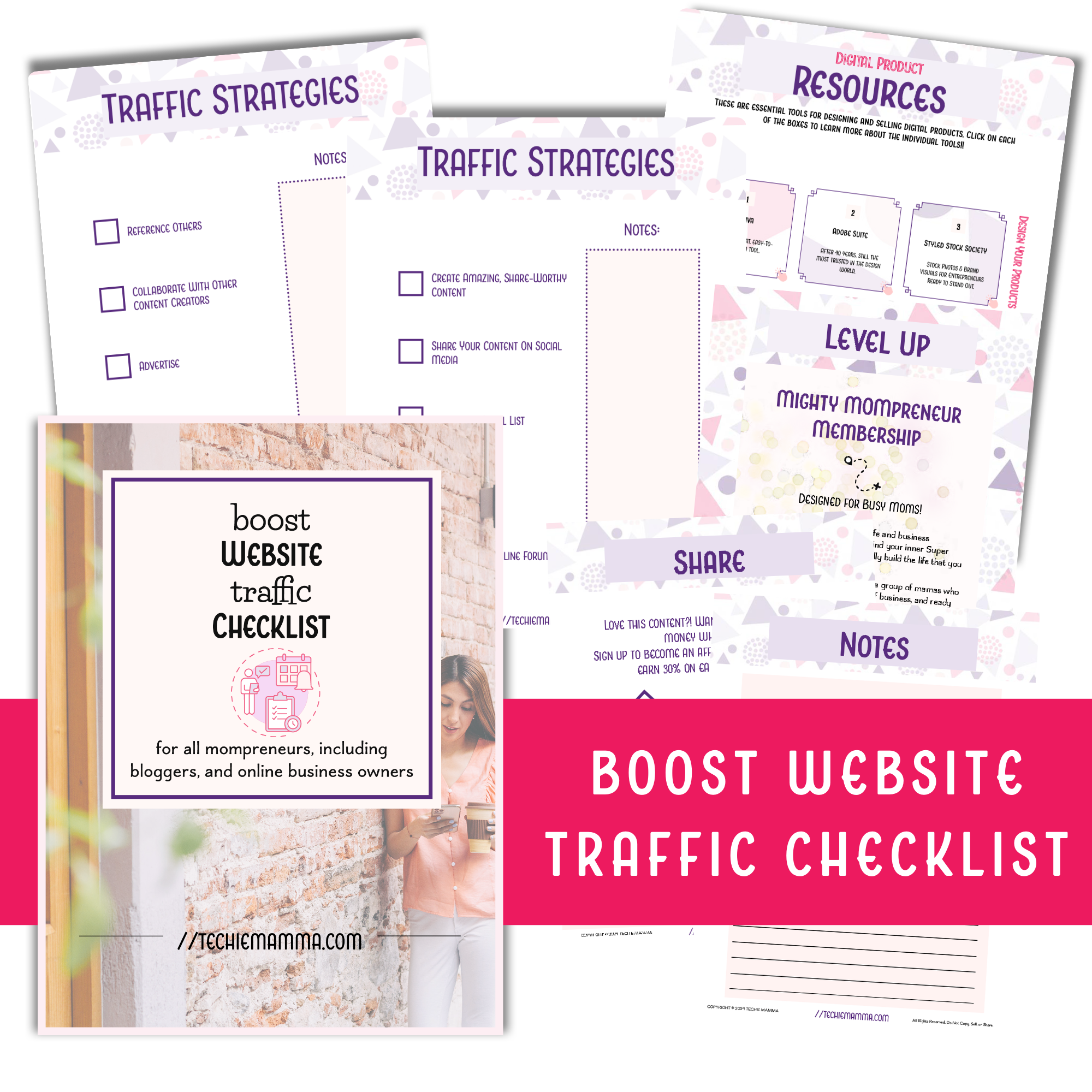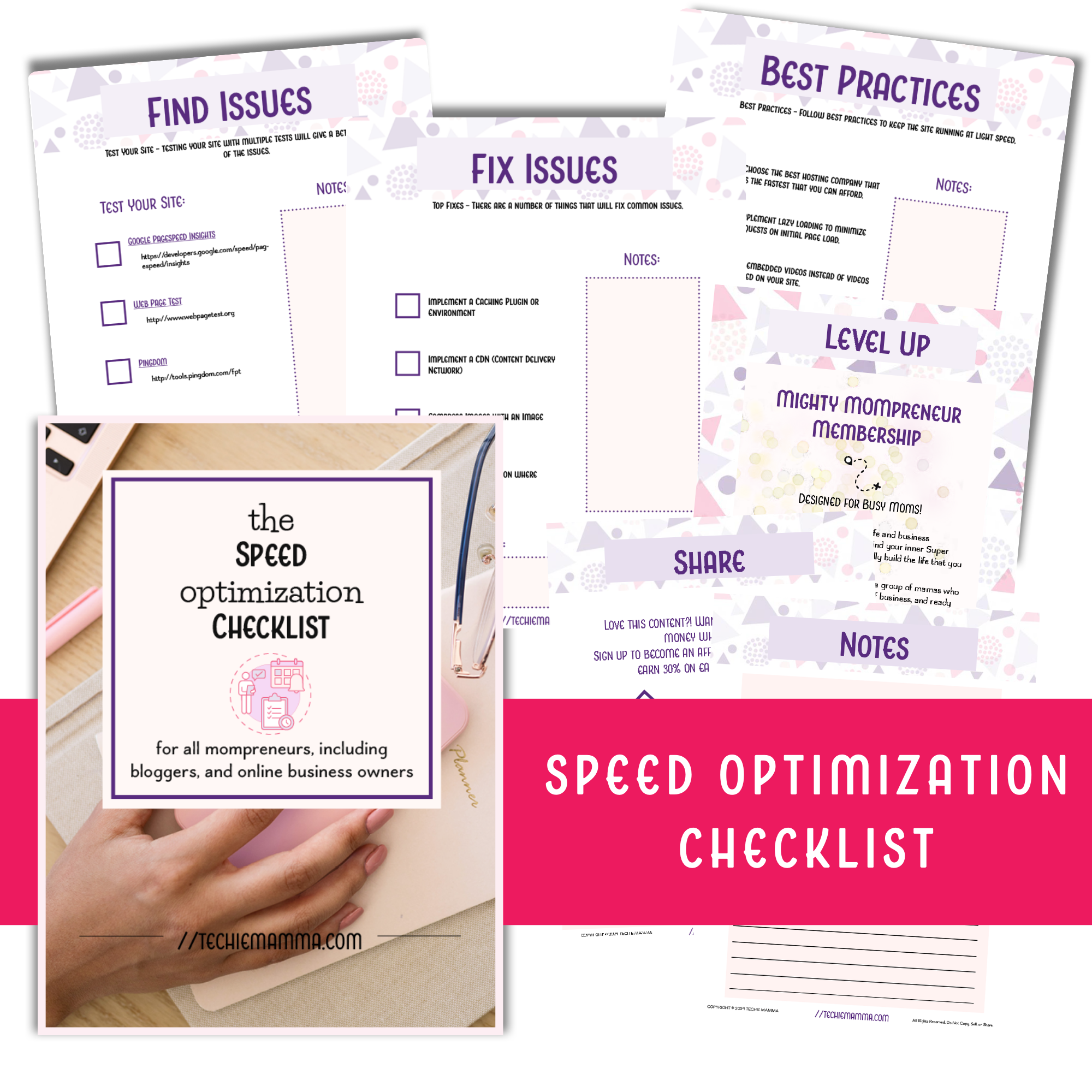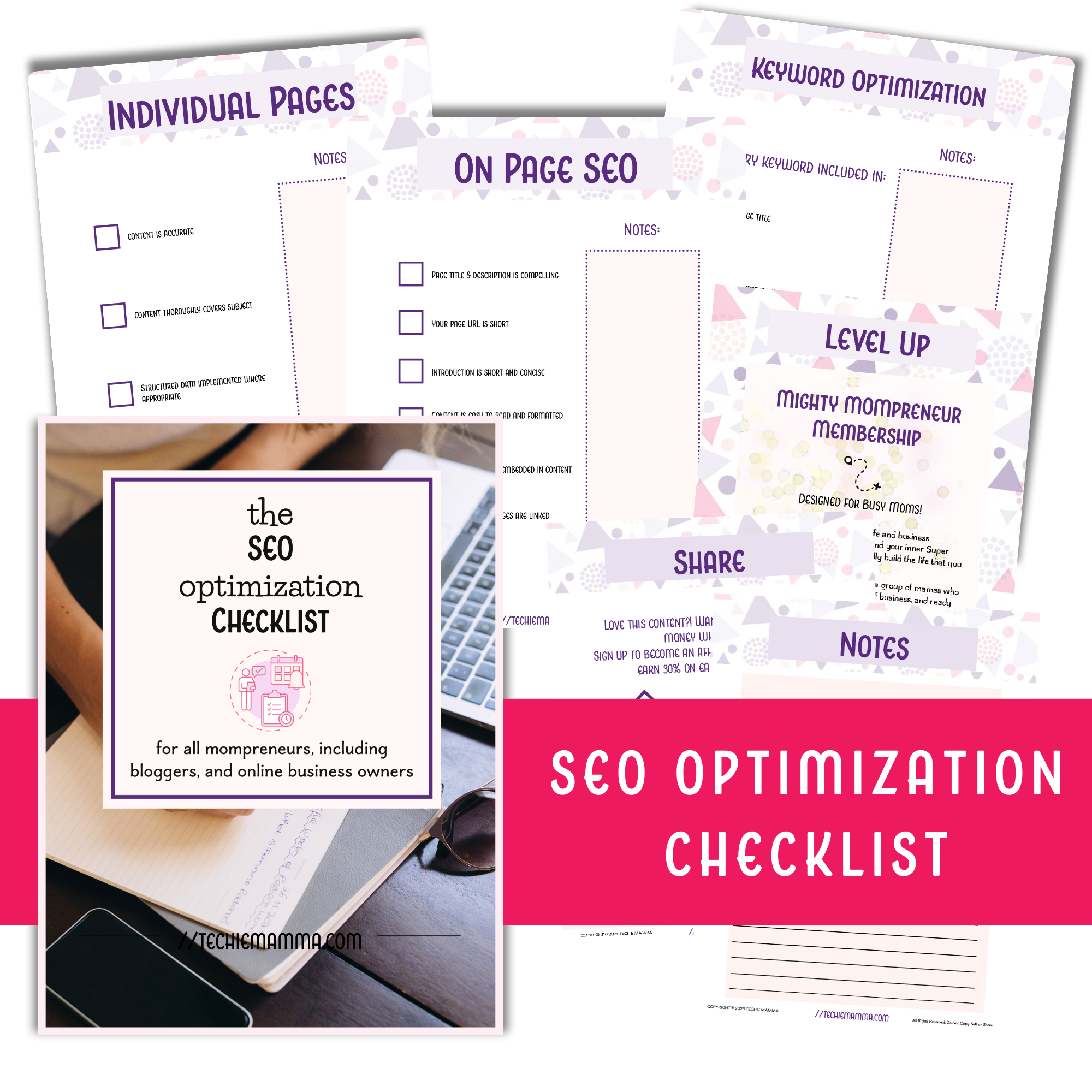How to Measure the Value of Your Online Marketing Efforts
Without clear goals and benchmarks, your online marketing becomes guesswork. Learn how to pick the right metrics (KPIs), use smart analytics tools, and turn data into decisions — so every dollar you spend pulls its weight.

When you buy through links on our site, we may earn a small commission at no additional cost to you. As an Amazon Affiliate I earn from qualifying purchases. I only recommend products and services that I think will help you on your Mompreneur journey and all opinions expressed here are our own. You can read my full disclaimer here.

In marketing, success is about knowing what works and why. Without clear metrics or a way to evaluate results, your digital marketing efforts can feel like shooting arrows in the dark. Yet, by setting goals and tracking key performance indicators (KPIs), you can ensure your efforts lead to tangible business growth.
However, understanding how to measure your marketing impact is crucial. With several tools and insights at your disposal, assessing what’s working and what isn’t becomes less of a guessing game and more of a strategic advantage.
1. Set Measurable Goals
The first step is to set measurable goals, as success starts with clarity. Goals give your efforts direction and provide the necessary benchmarks to evaluate your progress. With measurable objectives, you can gauge the impact of your marketing efforts and make smarter decisions about future strategies.
To create goals that deliver results, use the SMART framework. Your objectives should be:
- Specific: Define what you want to achieve. For example, “increase website traffic by 20% in the next three months” is more actionable than “get more visitors.”
- Measurable: Include metrics to track your progress. Tools and customer relationship management (CRM) platforms can monitor KPIs.
- Achievable: Set ambitious but realistic goals based on your resources and current performance.
- Relevant: Ensure your goals tie directly to your business priorities, such as increasing revenue or expanding your customer base.
- Time-bound: Establish a deadline to create urgency and accountability.
Why Measurable Goals Matter
Measurable goals allow you to see the bigger picture and understand how your marketing campaigns contribute to your bottom line. By tying marketing metrics to your financial outcomes, you can learn how these efforts affect your earnings before interest, taxes, depreciation and amortization (EBITDA). This connection is essential for evaluating the value of your business and its marketing investments, ensuring you set yourself up for sustainable growth.
2. Identify Key Performance Indicators
KPIs are the metrics that define the success of your online marketing campaigns. They act as measurable markers that show whether you’re moving closer to achieving your goals. By identifying the right KPIs, you can understand whether your campaigns are working or if you need to adjust your strategies.
When choosing KPIs, aligning them with your business objectives is essential. For example, a campaign implemented to increase brand awareness should track different metrics than one focused on driving sales. Below are key marketing metrics to monitor:
- Total visits: This represents the total number of visits to your website. It gauges your overall online visibility and the effectiveness of your efforts to attract audiences.
- Bounce rate: This measures the percentage of visitors who leave your site after viewing a page. A high bounce rate shows problems with your site’s user experience or content relevance.
- Click-through rate (CTR): This is the percentage of users who click on a link, ad or call-to-action (CTA). CTR reflects the effectiveness of your messaging and design in driving user action.
- Cost per lead (CPL): This calculates the cost of acquiring a new lead by dividing your total spend by the number of leads generated. This number is critical for measuring lead-generation campaign efficiency.
- Conversion rate: This indicates the percentage of website visitors who complete a desired action, such as purchasing a product. It helps you assess the overall performance of your sales funnel.
- Return on investment (ROI): This determines the profitability of your marketing efforts by comparing the generated revenue to the campaign cost.
- Return on ad spend (ROAS): This metric focuses specifically on the revenue made for every dollar spent on advertising, offering a more detailed view of paid campaign performance.

SmartStack Hive
Choose The Plan For You & Your Business
Your go-to productivity hive for mastering the tech, systems, and automations that keep your business buzzing without overwhelm. In SmartStack Hive, we stack the smartest tools, workflows, and strategies so you can work less, flow more, and scale confidently.
✨ Buzz into SmartStack Hive today — stack smart, soar higher!
3. Leverage Analytics Tools for Tracking Performance
Analytics tools provide the data you need to evaluate your campaigns, identify trends and adjust. Use the right tools to track performance and ensure your marketing stays on track with your goals.
Key analytics tools to track performance include:
- Google Analytics: Google Analytics is a comprehensive tool that tracks website traffic, user behavior and conversion rates. With features like goal tracking and audience segmentation, it helps you learn where your audience is coming from and how they interact with your site.
- Google Search Console: This tool focuses on your website’s presence in search results. It tracks organic traffic, keyword performance and technical SEO, helping you improve search engine visibility.
- Social media analytics: Facebook, Instagram and TikTok provide built-in dashboards that measure engagement metrics. These tools help you evaluate content performance and adjust your strategy for better reach.
- Email marketing platforms: Tools like Mailchimp or Constant Contact allow you to track open rates, CTR and conversions from your email campaigns. These insights let you optimize subject lines, content and CTAs for higher engagement.
- Customer relationship management tools: CRM platforms track lead generation, customer interactions and sales conversions. They offer a detailed view of your marketing funnel and help measure the effectiveness of your campaigns.
Making the Most of Analytics Tools
Analytics tools may measure results, but they also provide information on how to improve your marketing strategy. For example, if Google Analytics shows a high bounce rate on a landing page, you might revisit its content to make it more engaging.
To get the most out of your analytics tools, be sure to integrate tools for a unified view. Combining data from multiple channels lets you see how your campaigns work together.
It also helps to monitor performance regularly. Make analytics part of your routine to spot trends and issues before they become problems. This will help you stay ahead and continue to gain more optimal results.
4. Interpret Data for Decision-Making
Collecting data is only the first step — the real value lies in interpreting it to guide your decisions. Understanding patterns, identifying gaps and predicting trends are critical for optimizing your marketing efforts. However, data interpretation can be time-consuming — many professionals spend an average of 17% of their time analyzing, interpreting and charting their results. That’s because interpreting data involves turning raw numbers into actionable insights.
Therefore, it’s important to incorporate analytics tools that leverage artificial intelligence (AI). AI can streamline data analysis by automating it for you. It analyzes data from multiple sources in a shorter time frame, providing trends and anomalies that would take hours or days to uncover with manual effort. Plus, it can create charts or graphs that are easy to understand and can even forecast trends to help you make proactive decisions.
To interpret data effectively, you must connect the dots between your metrics and your business goals. For instance, use AI to segment your audience based on behavior to enable targeted campaigns to boost engagement. Another strategy would be to monitor customer journey data to refine touchpoints so you can improve the overall user experience.
When you understand and streamline data interpretation, decision-making becomes faster and highly effective. You can dedicate more energy to implementing strategies that work and ensure your marketing efforts remain impactful.
5. Maximize Cost Effectiveness Through ROI Calculations
In marketing, you want to ensure every dollar spent contributes toward your bottom line. That’s why calculating your ROI is critical — it helps you understand whether the money spent on your campaigns is delivering the greatest value. For example, if one campaign generates $4 for every $1 spent while another only generates $1.50, reallocating resources to the more profitable campaign can amplify results.
Consider this scenario. Approximately 41% of marketers worldwide plan to invest more advertising into retail media this year. However, they must budget effectively to ensure they’re maximizing their returns. By calculating ROI early, they can determine whether this investment is working or if they should reallocate those funds to other channels.
To calculate ROI, use the following formula:
Net Profit from Campaign / Campaign Cost x 100
For example, if you spend $5,000 on a retail media campaign that generates $15,000 in revenue, your ROI is 200% because you subtract the $5,000 from $15,000, then divide it by $5,000 and multiply by 100.
ROI requires continuous monitoring and refinement. You must give it time to improve before reallocating your budget elsewhere. Therefore, you can improve it through strategic adjustments by using A/B testing. Test different messaging, designs or CTAs to see what works best with your audience. You can use it to identify and address bottlenecks to reduce costs and increase conversions.
6. Refine Strategies Based on Data
Data may measure past performance but is also crucial information for improving future marketing strategies. By analyzing campaign metrics, you can identify what’s working and where there is room for growth.
The key to refining strategies is turning insights into actionable changes. This may include optimizing ad targeting based on audience demographics or adjusting content calendars to publish at times when your audience is most active. Continuous testing and iterations will keep your strategies agile and responsive to evolving market trends.
Therefore, it is important to learn about and adapt your marketing strategies. By making data-driven decisions, you ensure your campaigns stay relevant and deliver consistent results over time. This approach strengthens your overall marketing efforts, improves ROI and sets your business up for long-term growth.
Turning Insights Into Impact
Measuring the real value of your online marketing efforts means using data to drive meaningful results. By leveraging the right strategies and best practices, you can refine your efforts to achieve your business objectives.
Further Reading, Tools, and Resources
Read Next













Offers





























